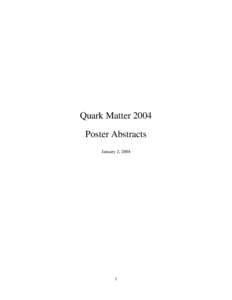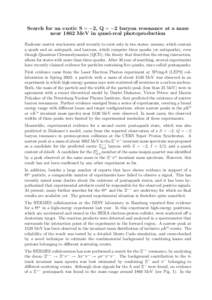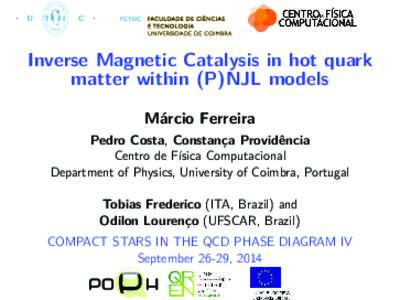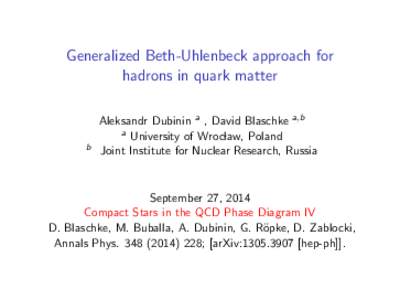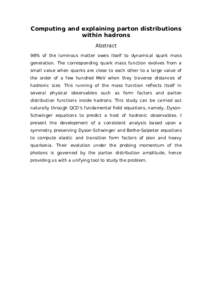<--- Back to Details
| First Page | Document Content | |
|---|---|---|
 Date: 2009-04-09 15:28:21Nuclear physics Brookhaven National Laboratory Relativistic Heavy Ion Collider Large Hadron Collider Peripheral nuclear collisions Physics Particle physics Quark matter |
Add to Reading List |
 Photoproduction in Ultra-Peripheral Relativistic Heavy Ion Collisions at STAR Boris Grube Pusan National University Department of Physics Busan, Republic of Korea
Photoproduction in Ultra-Peripheral Relativistic Heavy Ion Collisions at STAR Boris Grube Pusan National University Department of Physics Busan, Republic of Korea